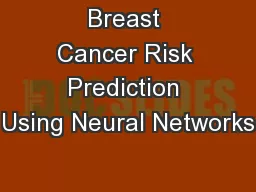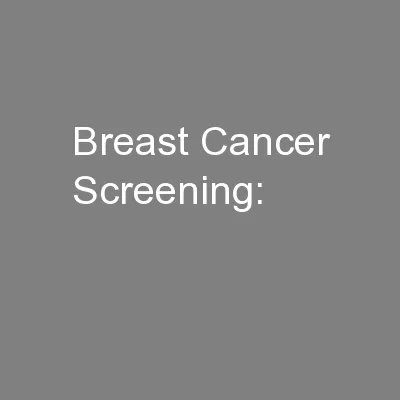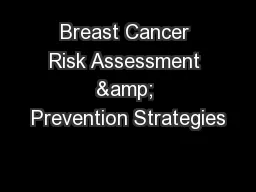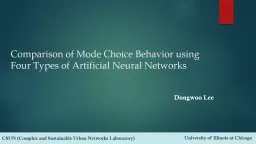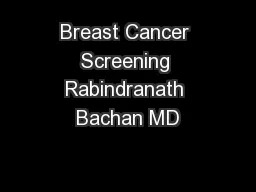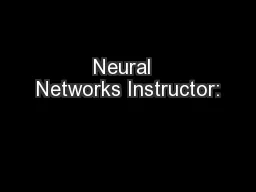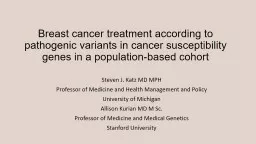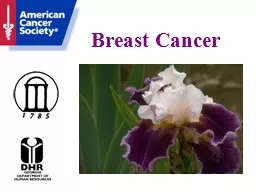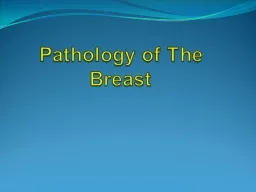PPT-Breast Cancer Risk Prediction Using Neural Networks
Author : natalia-silvester | Published Date : 2018-01-20
John Sum Institute of Technology Management National Chung Hsing University Outlines Introduction Biomarkers Multilayer perceptron Preliminary results Introduction
Presentation Embed Code
Download Presentation
Download Presentation The PPT/PDF document "Breast Cancer Risk Prediction Using Neur..." is the property of its rightful owner. Permission is granted to download and print the materials on this website for personal, non-commercial use only, and to display it on your personal computer provided you do not modify the materials and that you retain all copyright notices contained in the materials. By downloading content from our website, you accept the terms of this agreement.
Breast Cancer Risk Prediction Using Neural Networks: Transcript
Download Rules Of Document
"Breast Cancer Risk Prediction Using Neural Networks"The content belongs to its owner. You may download and print it for personal use, without modification, and keep all copyright notices. By downloading, you agree to these terms.
Related Documents

